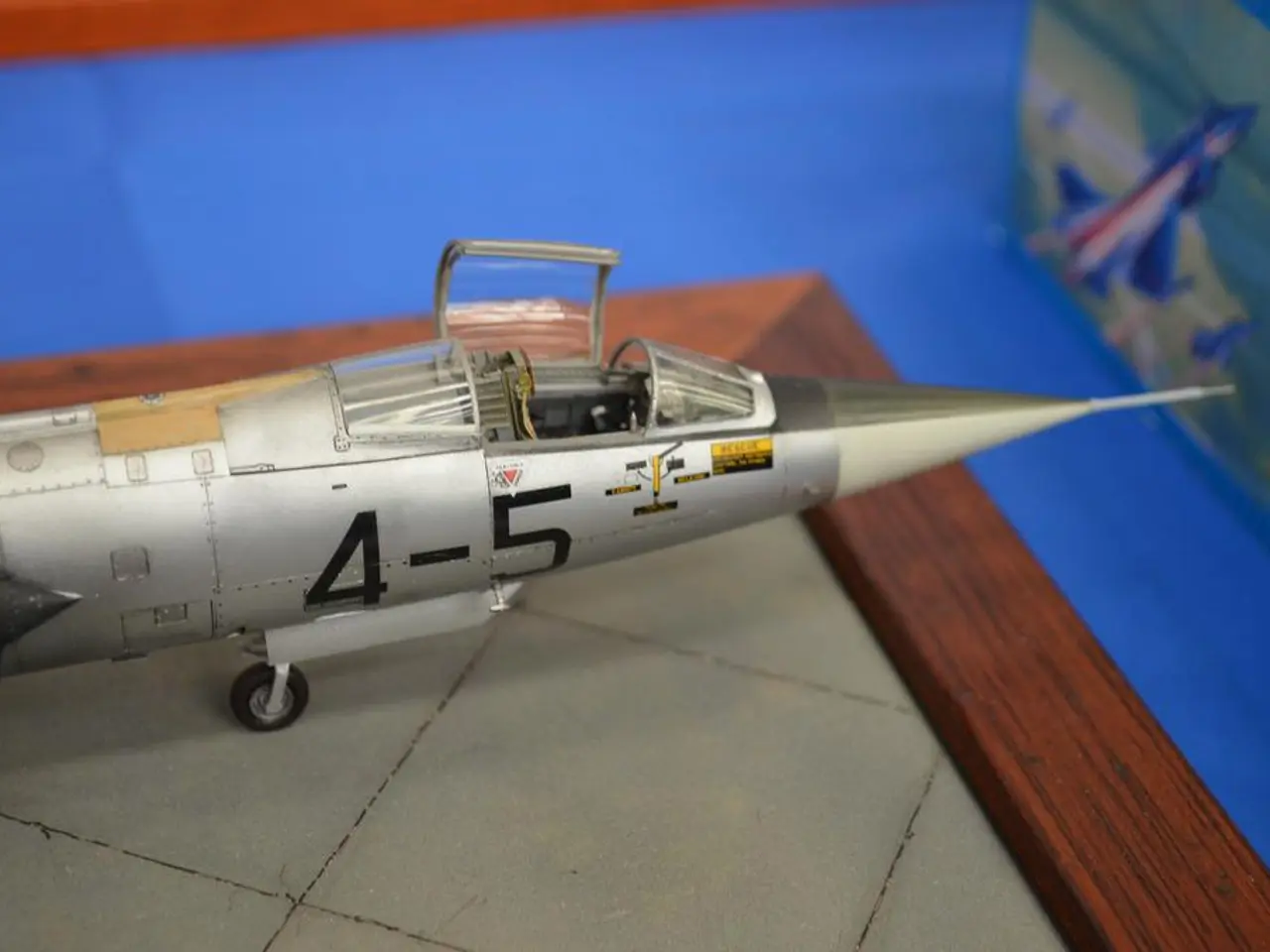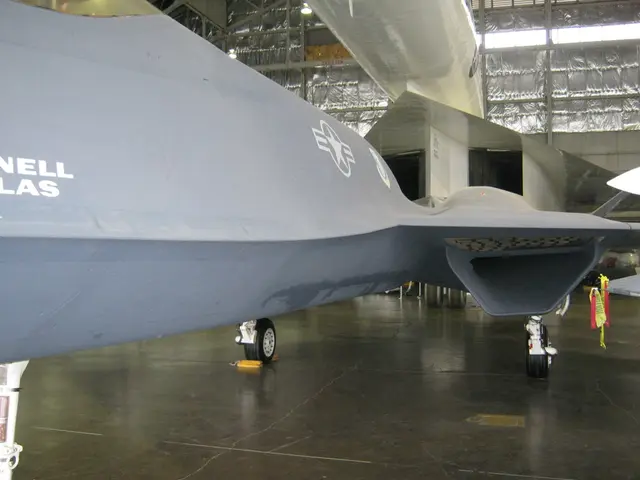Accelerating flight trials for the A321XLR reach new heights
The Airbus A321XLR, a long-range variant of the popular A321neo, is currently undergoing an extensive flight-testing campaign. The aircraft, featuring structural modifications and longer range, is undergoing intense regulatory scrutiny, contributing to delays in its certification.
Two new-build test aircraft, MSN11000 (FTV1) and MSN11058 ('FTV2'), have already taken to the skies. Equipped with the full suite of flight-test instrumentation and engineer interactive stations, these aircraft are focusing on the aircraft's technical systems, updated flight controls, handling, and performance. The only major physical difference between the two is their respective engine type: CFM LEAP-1As for FTV1 and P&W GTF engines for FTV2.
Both FTV1 and FTV2 have completed flight-envelope opening, flight control laws clearance, rotation law evaluation, high speed performance flights, anemometry calibration, fuel and landing gear system ground testing, and some autopilot tests. The onboard Flight Test Instrumentation (FTI) suite in the test aircraft can record and process up to 80,000 lines of data, fed by more than 1,000 physical measurement transducers installed throughout the aircraft.
The third test aircraft, FTV3, powered by CFM LEAP engines, is currently being fitted with a 'lighter' FTI installation due to its focus on the passenger cabin interior and route-proving for customers. MSN11080 (FTV3) will also focus more on maturity testing of the passenger cabin interior elements and route-proving for customers.
The A321XLR's flight testing phase is necessary to evaluate flight control system evolutions and to validate the operation of new non-flight-physics-related systems, such as the new water & waste system and the new fuel system elements associated with the integral Rear-Centre-Tank.
Jean-Philippe Cottet, head of Flight Tests, states that they are certifying the two engine types in parallel on the A321XLR in the same timescale, which is a first in their history. Gary O'Donnell, Head of the A321XLR programme, expects the three aircraft to be flying actively by the fourth quarter of this year.
The flight-test campaign for the Airbus A321XLR has experienced delays, with certification still ongoing as of mid-2025. American Airlines is expected to take delivery of its first A321XLR on July 29, 2025, though the aircraft will initially go into storage due to interior fitting delays influenced by global supply chain issues.
Industrial maturity, including all jigs, tools, and processes, needs to be secured in every involved Airbus factory and at suppliers around the world. Completion of these activities and submission of all final documents to the airworthiness authorities will allow for the validation and certification of the complete aircraft.
Two more prototypes of A321XLR development aircraft are in advanced stages of manufacture and will join the certification flight-test campaign. The exact number of flight test aircraft involved in the A321XLR program is not specified, but it's crucial to secure customer services documentation and ground support equipment to ensure the A321XLR is ready for use upon delivery.
[1] Airbus A321XLR: Longer Range, Greater Efficiency [2] Airbus A321XLR: The Long-Range Champion [3] Airbus A321XLR Flight Testing underway [4] Airbus A350 XWB Flight Test Program [5] Airbus A321XLR Flight Testing Delayed
[1] The Airbus A321XLR, the long-range champion in the industry, is undergoing extensive flight-testing to ensure greater efficiency, featuring focus on technical systems, updated flight controls, handling, and performance in both finance and aerospace realms.
[2] With two engine types, CFM LEAP-1As and P&W GTF engines, under parallel certification in the same timescale, the A321XLR flight testing is a significant milestone for Airbus, marking a first in their history, while industrial maturity is being ensured across all factories and suppliers in the technology sector.








